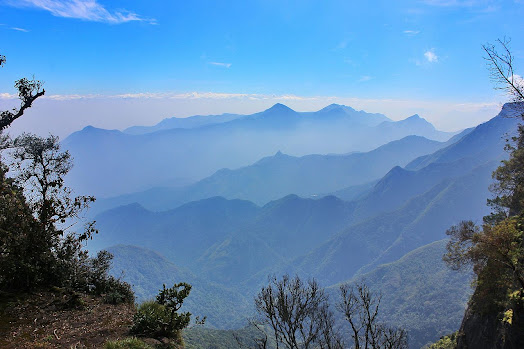Kodaikanal
Tourists Guideline
Kodaikanal is a hill town in the southern Indian state of Tamil Nadu. It’s set in an area of granite cliffs, forested valleys, lakes, waterfalls and grassy hills. At 2,000 meters above sea level, the town centers around man-made, star-shaped Kodaikanal Lake, bordered by evergreen forest. Rowing boats can be hired, and hikers and cyclists follow the 5k Lake Road path around the shore.
History
The earliest residents of Kodaikanal were the Palaiyar tribal people. The earliest specific references to Kodaikanal and the Palani Hills are found in Tamil Sangam literature of the early Common era. Modern Kodaikanal was established by American Christian missionaries and British bureaucrats in 1845, as a refuge from the high temperatures and tropical diseases of the plains. In the 20th century a few elite Indians came to realise the value of this enchanting hill station and started relocating here.
Tourism has been impacted by industrial pollution issues including the closure of a mercury factory owned by Unilever's Indian subsidiary Hindustan Unilever after evidence of widespread mercury pollution. To date no proper clean-up operation has been mounted.
Places of interest
Kodaikanal has several scenic natural attractions which attract visitors and make it a destination for newlyweds. Young people also come for bike trips and leisure. It is also known for home made chocolates and eucalyptus oil.
Kodaikanal Lake
Kodaikanal Lake is an artificial, roughly star-shaped 45-hectare (110-acre) lake built in 1863. It is Kodaikanal's most popular geographic landmark and tourist attraction. Rowboats and pedals can be hired at the Kodaikanal Boat Club. Horses and bicycles can be hired beside the lake for short periods. The 5 kilometers (3.1 mi) path that skirts the periphery of this lake is a favorite walk for locals and tourists alike.
Pillar Rocks
8 kilometres (5.0 mi) from the bus-stand, is a set of three giant rock pillars which stand 122 metres (400 ft) high. Managed by the Tamil Nadu Forest Department, The viewpoint can be crowded but is not commercialized. There is an excellent public garden adjacent to the viewpoint.
Guna caves
Guna caves, made popular by the Tamil movie Gunaa, previously called Devil's Kitchen, are deep bat-infested chambers between the three gigantic boulders that are the Pillar Rocks. The deep narrow ravines of the caves are now closed to public due to the deaths of twelve youths there. These dangerous caves are highly protected now, and tourists can see sections of the cave system from afar. In the late 1970s the inside of the caves was well photographed.





Comments
Post a Comment